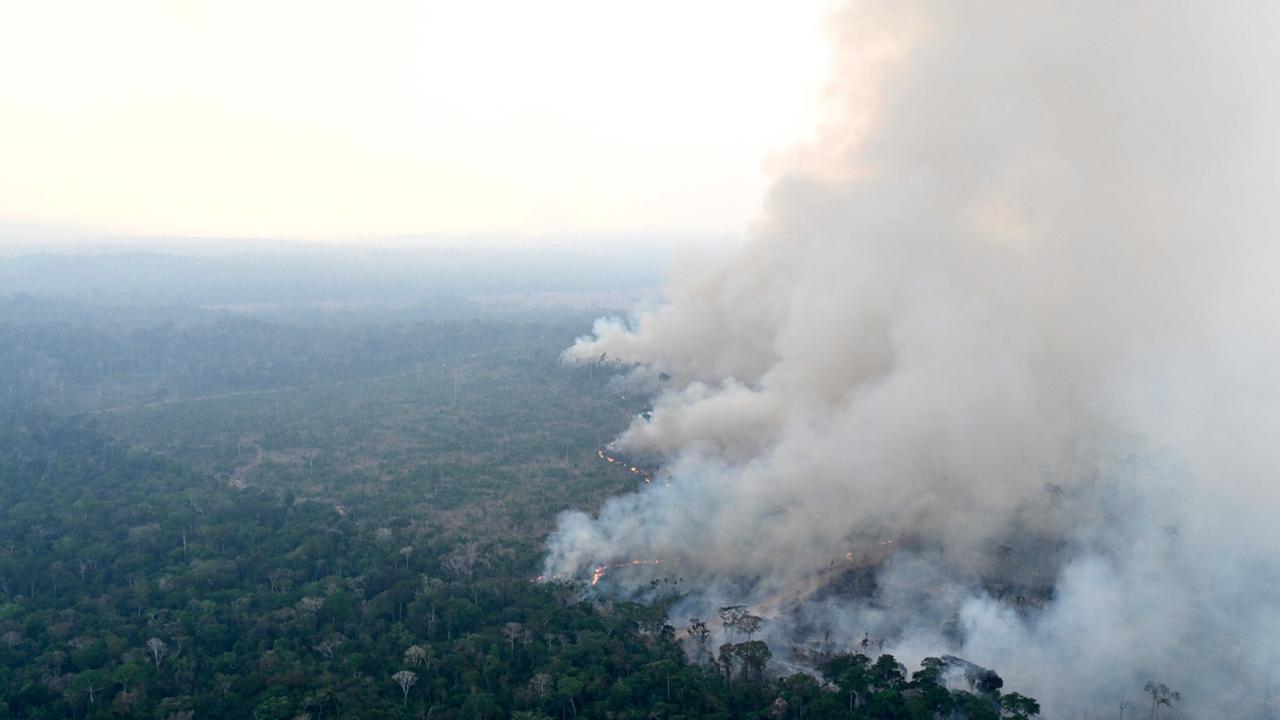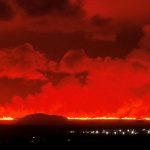Extreme drought is causing more fires in Brazil's Amazon region than ever before 17 years ago. This is also due to agricultural use. The figures are a setback for President Lula.
There have been around 60,000 fires in the Brazilian Amazon region since the beginning of the year, according to the state climate institute Inpe. This is the highest number of fires recorded between January and mid-August for 17 years.
There were particularly many fires in August: 22,000 fires were recorded in the first 20 days. In the same period last year, however, there were 12,000. Due to the extreme dryness, the fires spread over hundreds of kilometers.
Huge areas are also on fire in the Cerrado savannah in southeastern Brazil and in the Pantanal wetland in southern Brazil.
Clouds of smoke reach as far as Uruguay
Health authorities in Manaus and some other cities have issued warnings due to poor air quality. The “corridor of smoke clouds” caused by the fires runs through ten Brazilian states and extends into neighboring Uruguay.
According to observers, arson is the cause of most of the fires. Slash-and-burn is used to create pastures for livestock farming. According to the environmental institute MapBiomas, the area used for livestock farming in Brazil has increased by 79 percent since 1985, and the area used for arable farming by as much as 228 percent. The Amazon region has lost the most natural area: around 55 million hectares since 1985.
El Nino causes exceptional drought
For Brazil's left-wing President Luiz Inácio Lula da Silva, the development is a serious setback. He had promised to protect the rainforest and wants to stop illegal deforestation by 2030. Under his predecessor, the far-right President Jair Bolsonaro, the destruction of the rainforest had reached new highs.
The dry season in the Amazon usually lasts from August to October, with most fires usually recorded in September. This year, however, particularly high temperatures were recorded in July. Climate researchers attribute this to the El Nino weather phenomenon, which causes exceptional dryness. In May, for example, it rained only 18 percent of the normal amount for that month.




